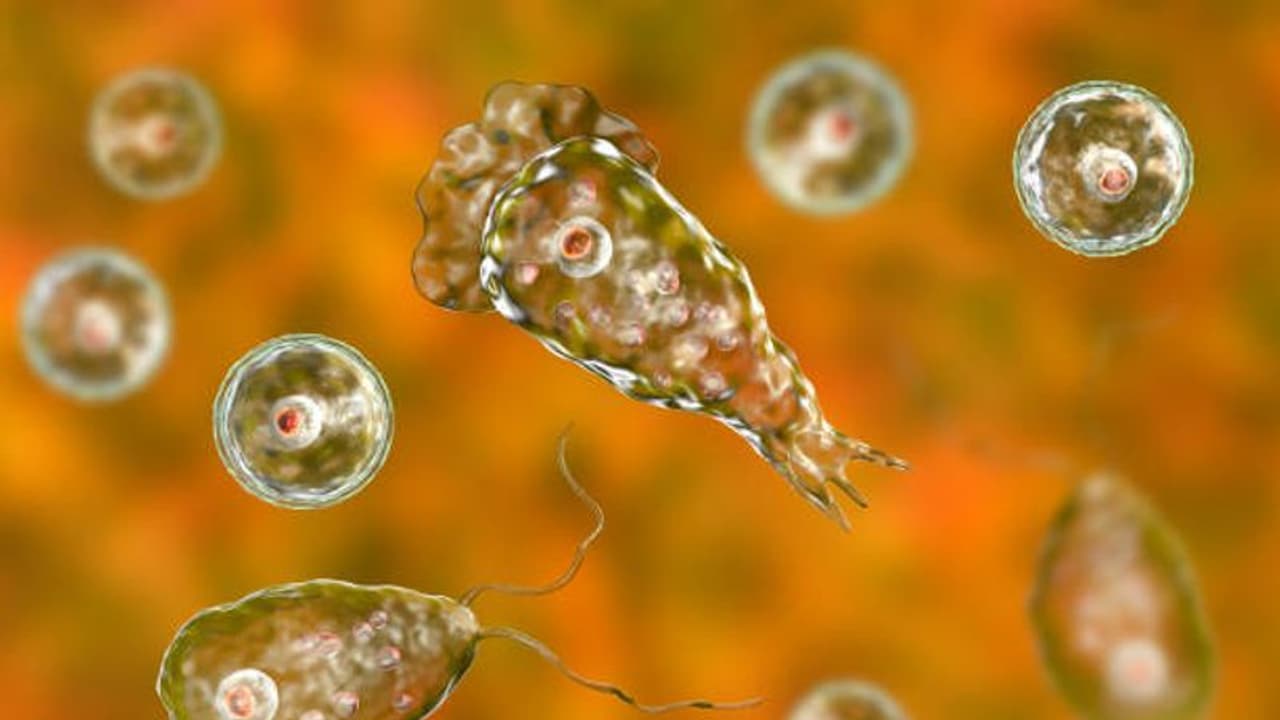The infection, caused by amoeba entering the brain through the nose or ears, has a high mortality rate. Symptoms include fever, headache, and stiffness. Health officials urge avoiding stagnant water and recommend chlorinating wells and pools.
Kozhikode: The Health Department in Kerala reported on Tuesday, August 19 that a rare and deadly brain infection, amoebic encephalitis, in Kozhikode was linked to contaminated well water at the home of a nine-year-old girl who died last week. District Medical Officer, Dr KK Rajaram, advised adherence to health department guidelines due to recurring cases. According to a senior health official, after the amoeba was detected in the well water, a fever screening was carried out among all individuals who had used the same water source. The girl’s brother, who developed a fever, is currently under medical observation, though he has not exhibited any additional symptoms of the infection. The young girl, a resident of Thamarassery, was initially admitted to a local hospital with fever on August 13. As her condition rapidly deteriorated, she was transferred to Kozhikode Medical College Hospital the next day, where she passed away on August 14. The lab confirmed the presence of the infection on the night of August 15. This is reportedly the fourth case of amoebic encephalitis in the district detected this year, raising public health concerns about water safety and awareness of this rare but often fatal illness.
What is Brain-Eating Amoeba?
Amoebic encephalitis occurs when free-living amoeba in water infect the brain. This typically affects individuals who swim or bathe in stagnant water. The brain-eating amoeba enters the brain through the thin lining separating the nose and brain or through perforations in the eardrum. The disease has a high mortality rate and is non-communicable. Symptoms appear within five to 10 days of infection, including severe headaches, fever, nausea, vomiting, and difficulty turning the neck or looking at light. In children, additional symptoms include reluctance to eat or play, and inactivity. Memory loss, seizures, and loss of consciousness indicate severe infection. Inform your doctor if you have a fever and a history of swimming or bathing in stagnant water.
Health Department Guidelines
- Avoid bathing or swimming in stagnant water.
- Use nose clips while swimming to prevent water from entering the nose.
- Ensure proper chlorination of water in water theme parks and swimming pools.
- Avoid immersing yourself in contaminated or stagnant water and washing your face and mouth with unclean water.
- Individuals who have undergone nasal or ear surgery or have ear infections should avoid swimming.
- Chlorinate well water at regular intervals as advised by health professionals.
- Completely drain swimming pool water once a week.
- Thoroughly scrub and clean the sides and bottom of the swimming pool with a brush. Allow surfaces to dry completely.
- Clean filters, refill the pool, and chlorinate the water.
- Health professionals will provide instructions for chlorinating wells and swimming pools.
